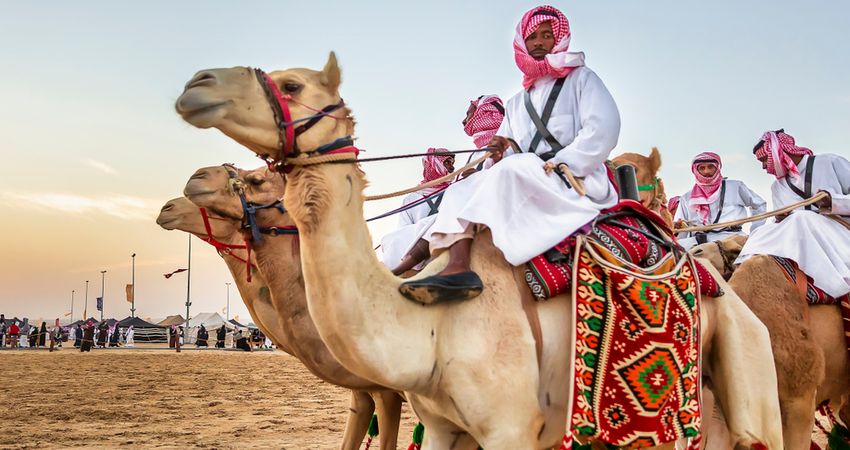Thursday, August 24, 2023

Colliers has released its third EWAA (Eco, Wellness, Adventure, and Agritourism) report, putting particular attention on the UAE and KSA as regional benchmarks for eco-tourism.
Within the MEA region, EWAA tourism’s success stories are abundant in countries like South Africa, Tanzania and Namibia, where they have expertly utilised their natural landscapes and strong cultural influences to deliver unique visitor experiences.
Regional success stories
Emerging tourist hotspots, particularly in the Middle East, are transforming their rural landscapes to create captivating, destination-centric experiences that stimulate local economies.
KSA and the UAE are investing significantly in EWAA, backed by solid governmental initiatives, including financial aid and policy formation. Notable examples include the Al Marmoom Desert Conservation Reserve in the UAE, Amaala’s planned Clinique La Prairie, Jayasom, Rosewood resorts – the unveiling of over 40 adventure-related projects in Oman, the ‘Al Khayyat’ farm in Al Ahsa, KSA and the strong ongoing agritourism drive in Al Ahsa Oasis, known for its rare Hassawi rice.
The agritourism in KSA is being promoted through initiatives like the ‘Saudi Agricultural Development Fund’ which supports local farmers and encourages farm visits.
Al Ahsa together with Taif, Abha, Al Ula and Jouf display great potential for this sector.
The Taif region is particularly well-known for its fragrant rose gardens and farms, which not only contribute to the local economy but are also a major tourist attraction.
Al Ula and its rich resource in date palm trees stands at as the heart of the ecosystem by providing shading layers to citrus trees, cereals and aromatic herbs.
How to build an eco-tourism destination
Modular design and construction is an innovative building technique which includes pre-fabrication of modules off-site. Following a standardised construction process, the modules are then transported and assembled into the final product on-site.
This can lower the overall environmental impact on the site and its surroundings, in addition to realising earlier revenue generation, thereby enhancing ROI.
The introduction of EWAA tourism into a previously unaltered, untouched community and landscape can have both positive and negative implications on the host destination.
To reap the benefits and minimise the negatives, planning and management are key.
This could involve implementing strict environmental regulations, offering education programs for tourists, fostering community engagement and ensuring that the economic benefits of tourism are equitably distributed within the community.
The asset life cycle encompasses the journey of a development from concept to re-purpose/ retirement stage.
For EWAA concepts, the concept phase which must include a detailed destination study emerges as crucial for the project success, wherein the story and purpose of the project are defined.
These form the core of development and guide decision-making through a holistic approach.
Sunday, April 28, 2024
Sunday, April 28, 2024
Sunday, April 28, 2024
Sunday, April 28, 2024